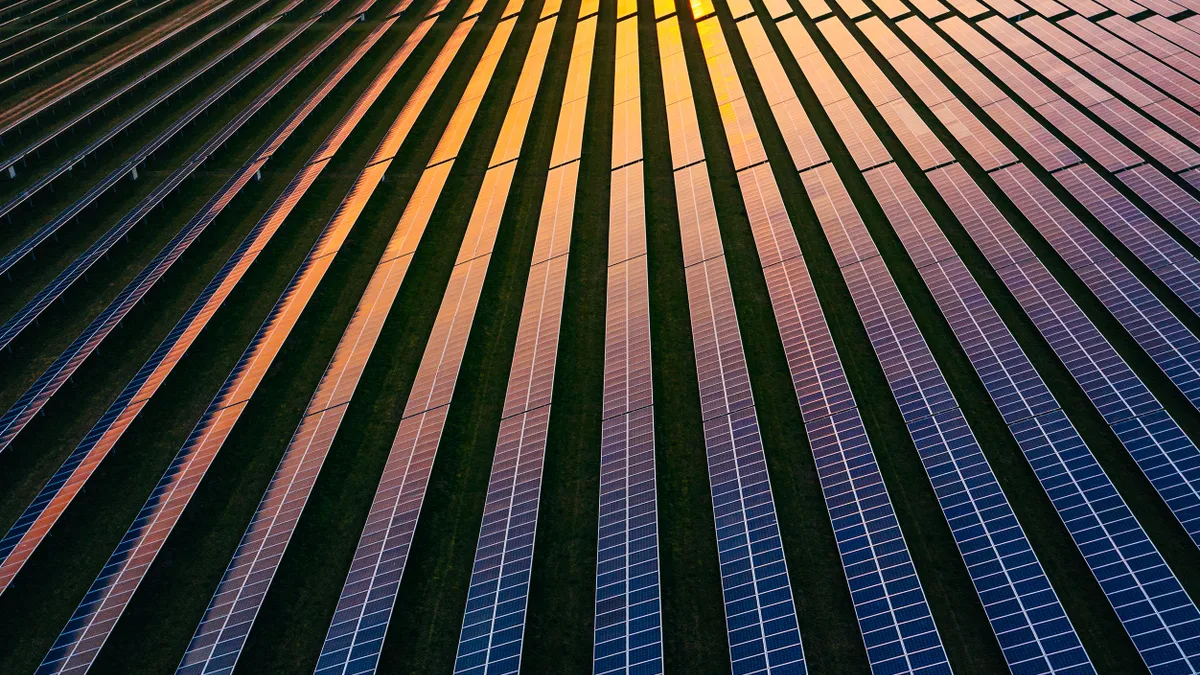The Inflation Reduction Act is the largest clean energy spending package in U.S. history, but analysts at Bank of America warn it may not live up to its nom de guerre.
“The IRA aims to achieve many goals over the next decade, like reducing emissions at an accelerated rate. However, its name may become a misnomer if investment surges while supply chains remain constrained, fueling inflation,” according to a BofA Global Research report issued Friday.
The problem, say BofA analysts, is that transmission “does not play a prominent role” in the spending law – and without additional capacity, renewable energy development may accelerate in areas where it cannot be efficiently brought to market, “which could lead to even more price volatility in those markets as load balancing challenges intensify.”
“Additionally, transmission challenges will lead to capital inefficiencies as renewables projects are developed in areas with sub-optimal capacity factors,” analysts warn. New transmission development may require permitting reform, they said, which “will likely depend on the outcome of negotiations between [Sen. Joe Manchin, D-W. Va.] and others.”
President Joe Biden signed the Inflation Reduction Act in August. The law, which includes $369 billion for energy and climate spending, is expected to have a wide range of impacts. It includes incentives for electric vehicles, for example, that BofA says could alter the sourcing of critical materials and lead to changes in battery composition.
Wood Mackenzie analysts say the law will help accelerate solar deployments over the next five years, but its full effect likely won’t begin until 2024.
In a report released Aug. 23, Energy Innovation found the Inflation Reduction Act could help cut U.S. greenhouse gas emissions 37% to 43% below 2005 levels by 2030 compared with a 25% reduction under a business-as-usual scenario.
The Biden administration has set a goal of cutting U.S. carbon emissions by 50% to 52% by the end of this decade, and developing a carbon-free electricity system by 2035.














